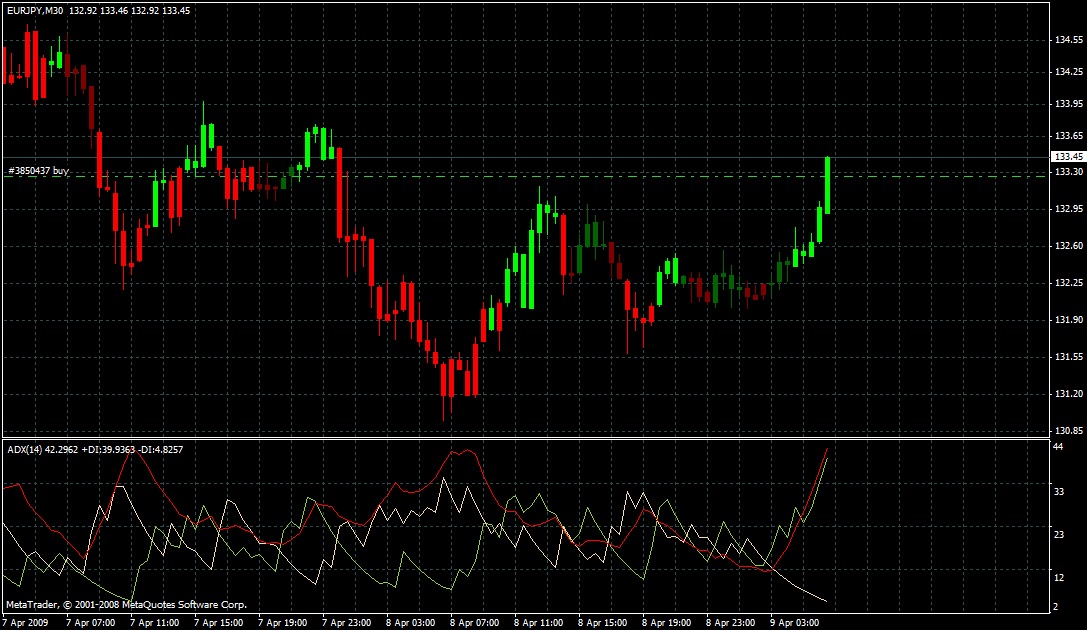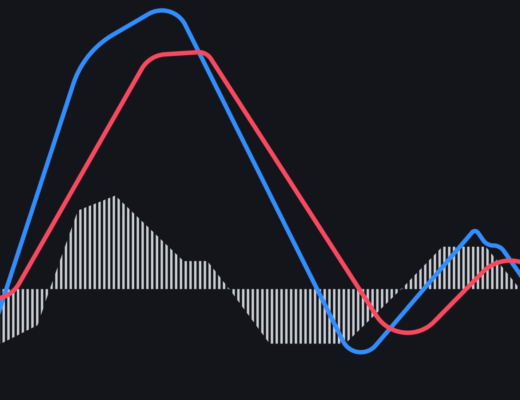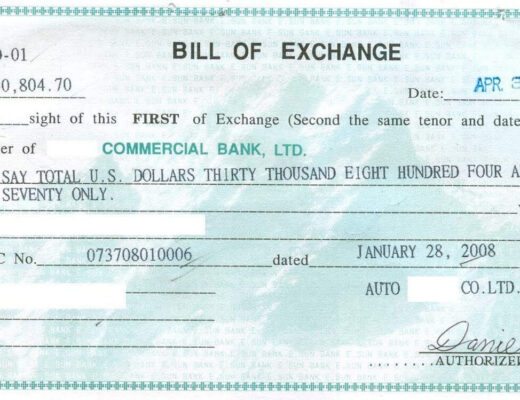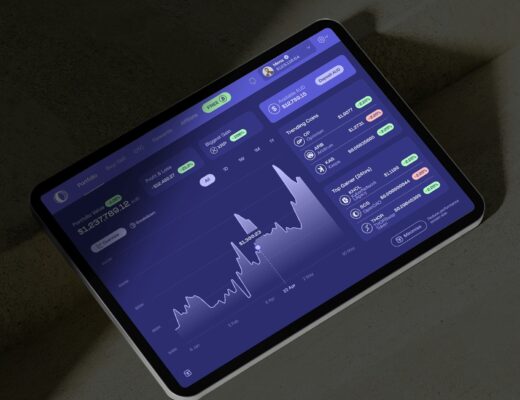What information the stochastic oscillator provides
The stochastic oscillator is a popular technical analysis tool used to evaluate an asset’s price dynamics. It reflects the ratio of the closing price to the price range over a specific time period. The stochastic oscillator allows you to analyze the current price position relative to recent extremes.
>It is highly effective in analyzing market movements, especially in identifying overbought and oversold areas. It is useful for studying historical data to identify possible reversal points and confirm trends.
With the help of the stochastic oscillator, you can identify key market signals, including:
– local highs and lows;
– the beginning and end of a trend;
– signs of divergence and convergence;
– overbought and oversold areas.
What is the tool suitable for?
Essentially, the tool compares the closing price to the historical price range. In an uptrend, the closing price is typically closer to the upper limit of the range, or the highs. In a downtrend, the closing price is closer to the lower limit, or the lows.
The stochastic indicator is graphically represented by two lines that fluctuate within the range of 0 to 100. The key levels are most often 80 and 20. If both lines are above 80, it signals overbought conditions. If they fall below 20, the market is oversold.
Particular attention should be paid to line crossings:
1. A crossing in the overbought zone may indicate the possibility of opening a short position.
2. A crossing in the oversold zone is a potential signal for a long position.
In the Forex market, the stochastic oscillator often generates many signals, which increases the risk of false interpretations. Therefore, it is often used as an auxiliary tool in combination with other technical analysis indicators.
There are fast and slow stochastics. The former demonstrates a high speed of reaction to market changes. In this case, there is virtually no delay, but there is a risk of false signals. Slow stochastics are less sensitive, but provide more reliable signals by filtering out market noise.
Advantages and disadvantages
Like any technical analysis tool, the stochastic oscillator has both strengths and limitations. Its effectiveness depends on correct application and configuration. Among the advantages are:
– a variety of signals;
– application to different timeframes and markets;
– can be found on almost all trading platforms;
– ease of use and interpretation;
– works well with other technical analysis tools;
– can support different trading strategies.
Disadvantages
The key disadvantage of the stochastic oscillator is its limited accuracy when used alone. To get a more objective picture, it is recommended to use it in combination with other technical analysis tools.s. Additionally, the oscillator’s effectiveness largely depends on correctly configuring its parameters. Incorrect configuration significantly increases the risk of false signals. Furthermore, the indicator may show delayed reactions, reducing its usefulness in rapidly changing market conditions.
Despite these limitations, the stochastic oscillator is a convenient tool. However, it is most effective when used as part of a comprehensive approach that considers the market context.










